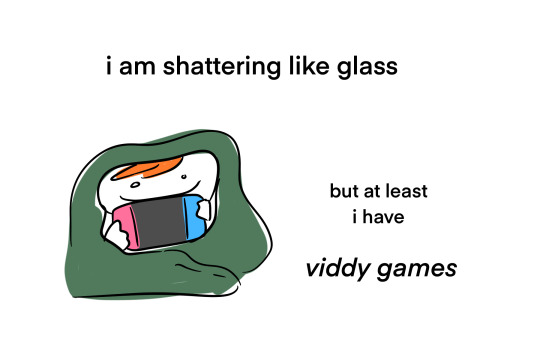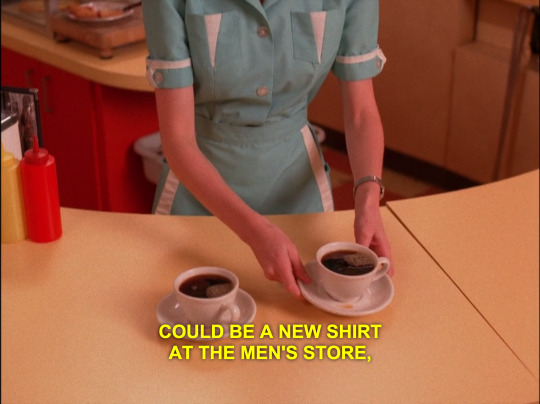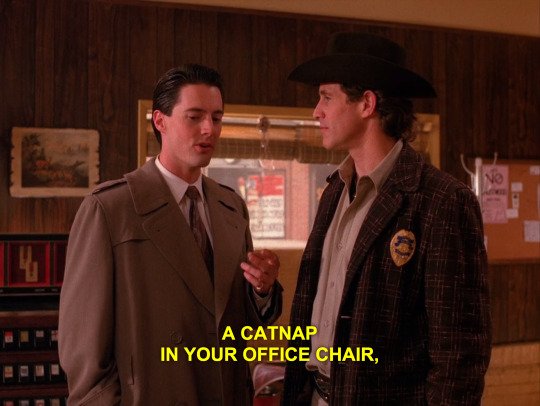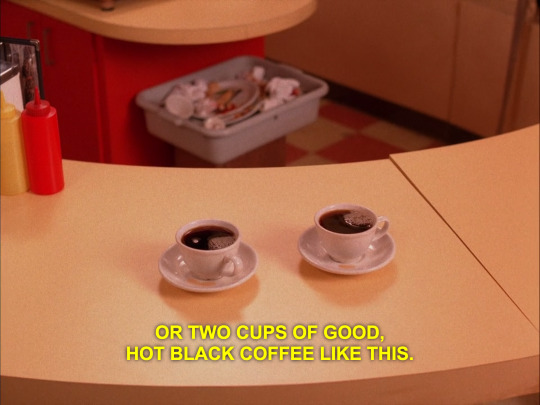Text
The Schweizer Guide to Spotting Tangents
I do compositional lectures a lot in my classes, as well as at the occasional convention. I’ve been asked to post them, so here’s part one: The Schweizer Guide to Spotting Tangents!
Comic art is, as a general rule, a line-based medium. I know, I know, there are plenty of artists whose work is painted, or who depict their subject in ink using solely light and shadow. But these folks are unquestioningly in the minority, as the history of printing technology originally dictated the use of line to depict form in the early days of comics. This became a stylistic expectation, and it’s an expectation that I enthusiastically embrace, as have many others. But using line to draw the world invites chances for that cardinal sin of composition: the tangent. A tangent is when two or more lines interact in a way that insinuates a relationship between them that the artist did not intend. It can create confusion on the part of the audience as to what it is that they’re looking at. It can cause the spatial depth that one attempts to cultivate through the use of planes to become flattened. Most of all, it creates a decidedly unwelcome aesthetic response: tangents are just plain ugly. There are a lot of different types of tangents, as least according to the way I define them. In order to make it easier on my students when giving critiques, I’ve categorized them and named them. This may have been done before, but I’ve not encountered it. My hope is that, by making this “spot-the-enemy” guide, fewer artists will fall into the tangent trap by knowing what to look for. 1. The Long Line The long line is when a line from one object runs directly into the line of another This is the tangent that everybody knows. The one that’s easiest to spot, easiest to avoid. For a lot of folks, this is the only thing meant when one refers to a “tangent.” Even in the work of the very best comic artists, a vigilant eye can find the occasional tangent. Even when a cartoonist is constantly on the lookout, a tangent can slip through. But, as each of strive to better ourselves and the quality of our work and our medium, 2. The Parallel The parallel tangent is when the containing lines of two objects run alongside each other. This causes one of two negative outcomes. Either one object becomes “lost,” as the other overpowers it (figure 1), or one object feels strangely contained by another (figure 2). This can be avoided by ensuring that any object that COULD run alongside another is angled at least 45 degrees from the first. The next two are REALLY tough to spot, and most artists have fallen victim to them before. 3. The Corner The corner tangent is when two lines in an object meet in a way intended by the artist, but another (accidental) line runs directly into the place where they meet. 4. The Bump-Up A bump-up tangent is when the containing line of one object “bumps up” against the containing line of another object. When these two lines touch, it creates a bump-up tangent (and even when they don’t technically touch, if it’s close enough to raise eyebrows, they might as well). The bump-up gives the impression of containment. In figure 1, it seems as though her ponytail is physically unable to enter the space occupied by the pole. In figure 2, it feels as though her elbow is unable to LEAVE that space.
Also, be careful not to let elements of the drawing bump up against your panel borders! Either give them room to breathe or decisively crop them. Same goes for letting figures “stand” on the bottom panel border. 5. The Directional A directional tangent is basically just a long-line tangent that’s been broken by empty space. Now, this one isn’t always bad – it can, on occasion, be used to draw the reader’s eye through the image on a specifically determined path. 6. The Panel-to-Panel This one is exactly the same thing as the directional (in fact, I shouldn’t even classify it as its own thing), save that instead of empty space dividing a long-line it’s a panel gutter. My gutters are crazy wide, but with normal-sized gutters this can be a real problem. One more thing… This ain’t a tangent, but it is a compositional no-no. Fake Panels Comics generally have panel borders, so readers are used to having images contained by straight lines. Some artists don’t allow gutters between their borders. Though I believe that, as a rule, this can make it harder for new comics readers to follow the story (and new readers are always important), it’s done with enough regularity that we must expect the audience to feel comfortable with gutterless pages. What does this mean? It means that we can’t draw a straight line in any panel, either vertical or horizontal, without having some object overlap it. If we do, readers may think that it is a panel border, incorrectly breaking one moment into two. See how the overlap of the elbow causes there to be no question? That’s it for Lesson #1. Lesson #2 will come around in the next few days. Feel free to use any terminology that I’ve laid down in this one, or feel free to abandon it in favor of better, more accurate terminology.
8K notes
·
View notes
Photo

Lio Fotia artwork from Arai Hiroki, Key Animator from Lio-hen!
926 notes
·
View notes
Photo



if you’re going to do this, you have to do it for yourself.
4K notes
·
View notes
Photo


“I didn’t deserve this lucky chance… But I wont waste it. not without making it up to you”
(this is in no way official if it isn’t obvious - thank you to everyone who looked forward to it while i worked on it!!)
995 notes
·
View notes
Text
The truck scene but Clover deals cards so loudly that you now have an excuse to miss the romantic subtext
1K notes
·
View notes
Photo

If you can’t get canon MLM content, homemade will have to do ✌️
(DO NOT EDIT OR REPOST TO OTHER SITES!)
6K notes
·
View notes
Photo


Fair Game Fanart Master Post part 2
This is part 2 of my stuff. This group of pieces are based off of @shadowdarkleonidascrusade‘s Wrong Number AU. If you somehow haven’t read the fanfic yet, the link is in one of the other links below.
The images on this post are the pencil sketches are from one of the Instagram pieces. I’m pretty sure I haven’t posted these, so a little bonus for ya’ll~! Again, the colored versions are in one of the links below.
https://sierralavandulaart.tumblr.com/post/622396818958024704/special-shout-out-to-shadowdarkleonidascrusade
https://sierralavandulaart.tumblr.com/post/622214545721671680/special-shout-out-to-shadowdarkleonidascrusade
https://sierralavandulaart.tumblr.com/post/622904701790322688/another-rwby-fanart-inspired-by
https://sierralavandulaart.tumblr.com/post/624001185833271296/another-fanart-inspired-by
59 notes
·
View notes




















